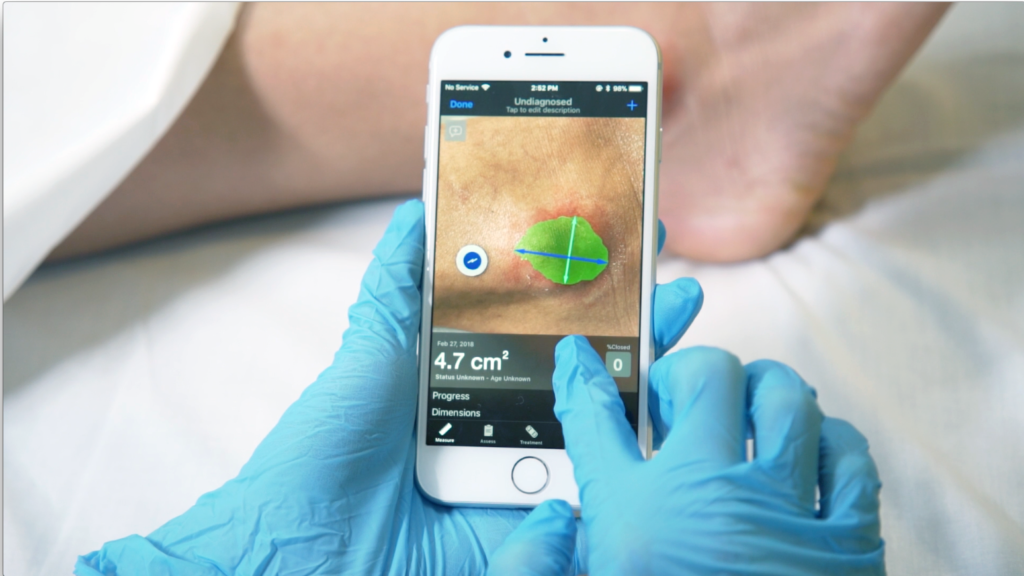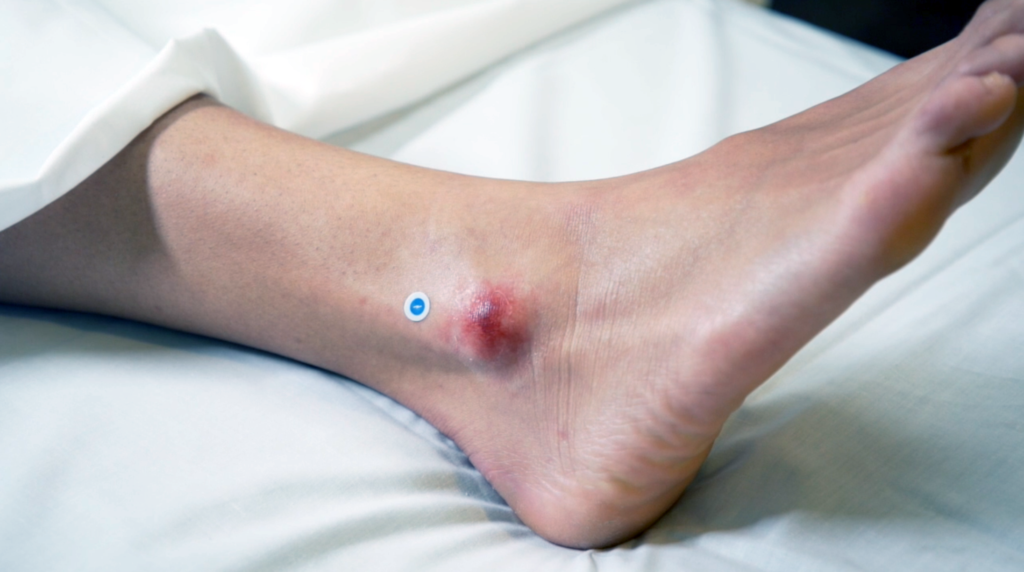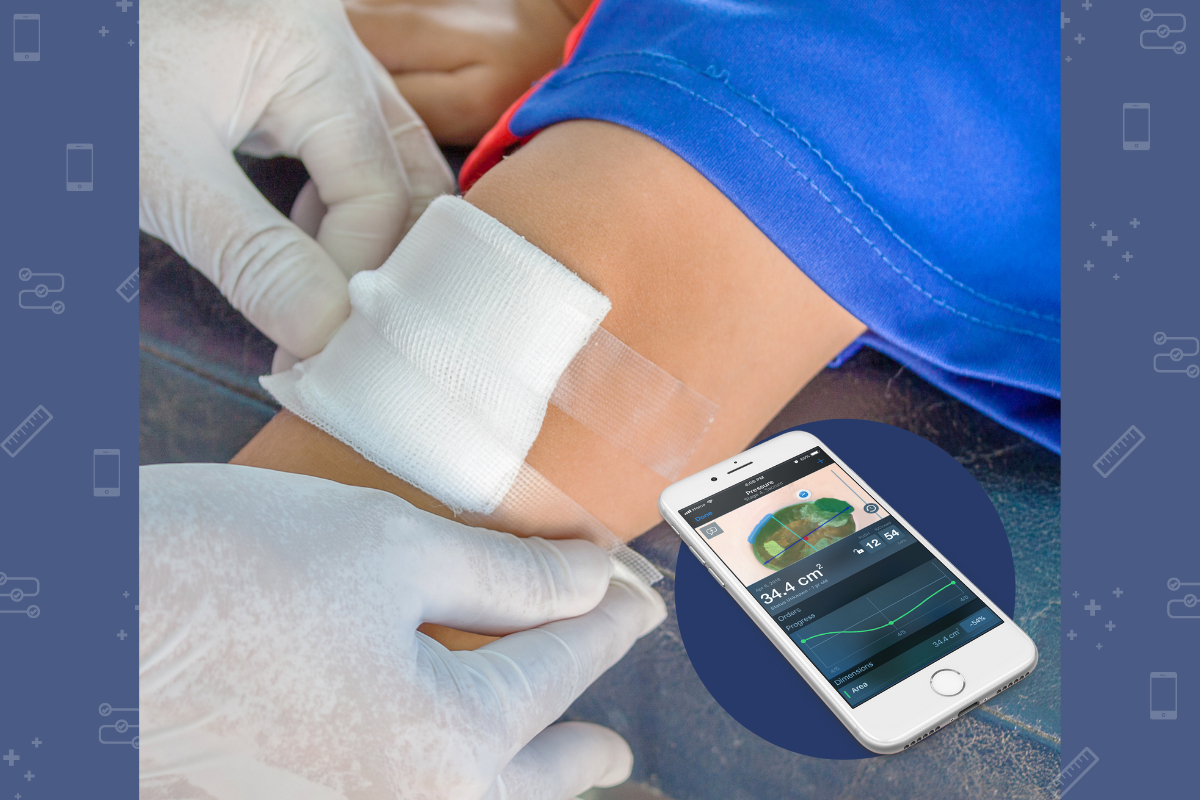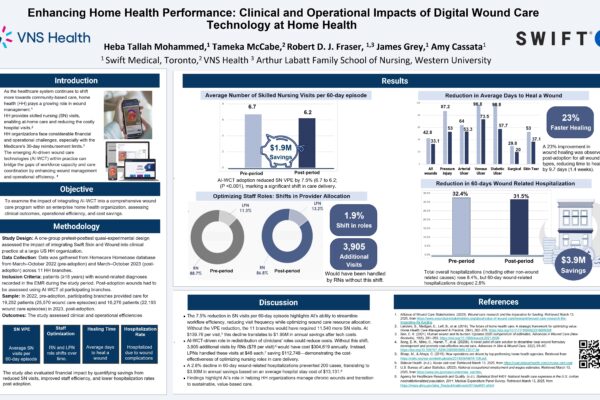Anyone working in the skilled nursing sector knows how challenging pressure injuries can be to manage. They are among the most common and most serious wounds; more than 1 in 10 patients in skilled nursing facilities develop a pressure injury during their stay.¹ If managed poorly, the consequences can be devastating. In the skilled nursing sector, 87% of litigation is settled in favor of the plaintiff. The cost of these lawsuits can be astronomical, with the median settlement in excess of $1,000,000 for cases involving a pressure injury, the most common form of wound-related litigation.²
The good news is that because pressure injuries are such a frequent challenge for skilled nursing facilities to manage, there are lots of well established tools and processes available to help address this critical clinical condition.
Consistent Measurement
Measurement is perhaps the most central component of treatment and management in wound care. Accurately and consistently capturing wound measurements over time is crucial for understanding whether a wound is healing. Conversely, the inability to understand changing wound dimensions can result in inappropriate care decisions, adverse patient outcomes, and unnecessary costs. Regularly measuring a patient’s wound is essential to knowing if the wound is getting smaller or larger which ultimately determines if the wound is getting better or worse, and whether or not it is responding to treatment. Many skilled nursing facilities struggle to capture consistent measurements as a result of using limited tools (e.g., the paper ruler; cotton swab for depth) and having different care providers measure wounds differently.
One of the best ways to improve the accuracy and consistency of wound measurements is with dedicated wound imaging technology, like Swift Skin and Wound. Swift’s technology provides improved accuracy and consistency that has shown more than 95%³ inter-rater reliability in a peer-reviewed study, a significant improvement over traditional paper ruler measurement methods.

Calibrated Photography
While implementing a dedicated wound photography solution can be a useful way to manage pressure injuries, there are new challenges it may present. Clinicians in skilled nursing facilities take wound images at different times of day, in different lights, and in different rooms. It’s important that staff know the photographs will reflect the truth and are properly calibrated. And to do this, wound images must be consistent and comparable. Perhaps the wound isn’t changing, but uncalibrated photographs taken from different angles or in different lighting might obscure the image to make it seem like a wound has changed size. Using calibrated wound photography, for example images taken with Swift’s proprietary fiducial marker, HealX, helps to ensure that any time you take a picture the same colors and scale are used.

Improved Documentation
One of the biggest pain points when it comes to litigation arising from pressure injuries is the collection of documentation needed for the court case. With the best practices in prevention and care in place, skilled nursing facilities can often avoid litigation altogether. However, if your facility does come under scrutiny in court, the quality and completeness of your wound program’s documentation is a crucial factor in determining the outcome of any case.
Swift has designed our wound management platform with deep empathy for the end user to make documenting wounds easy and intuitive. Because our technology is integrated with many of the leading EHRs in the skilled nursing sector, evaluations and images captured using Swift are easily stored in other digital systems used across the facility. It’s crucial that administrators have oversight into all wounds at their facility in order to provide the standard of care required to avoid litigation.The Swift Wound Dashboard provides visibility into all wounds and can be filtered by location, wound type and when they were acquired. Staff can quickly see which wounds are deteriorating and which are improving. This allows staff to direct limited wound care resources to those that need it the most.

Swift’s ability to improve the consistency and accuracy of wound photography with calibrated images combined with our capacity to streamline and optimize documentation processes has resulted in measurable improvements in pressure injury prevalence. Within a year of implementing our technology, a skilled nursing facility using Swift saw its pressure ulcer prevalence decline to as low as 2.9% — a 77% improvement from the prevalence rate of 12.99% during the same period in the previous year.
To learn more about how Swift can help your organization better manage pressure injuries, contact us today to book a demo.
¹ Stone A. Preventing Pressure Injuries in Nursing Home Residents Using a Low-Profile Alternating Pressure Overlay: A Point-of-Care Trial. Adv Skin Wound Care. 2020 Oct;33(10):533-539.
² Voss, A. C. et al. Long-term care liability for pressure ulcers. J. Am. Geriatr. Soc. 53, 1587–92 (2005).
³ Wang SC, Anderson JAE, Evans R, Woo K, Beland B, Sasseville D, Moreau L. Point-of-care wound visioning technology: Reproducibility and accuracy of a wound measurement app. PLoS One. 2017 Aug 17;12(8):e0183139.





